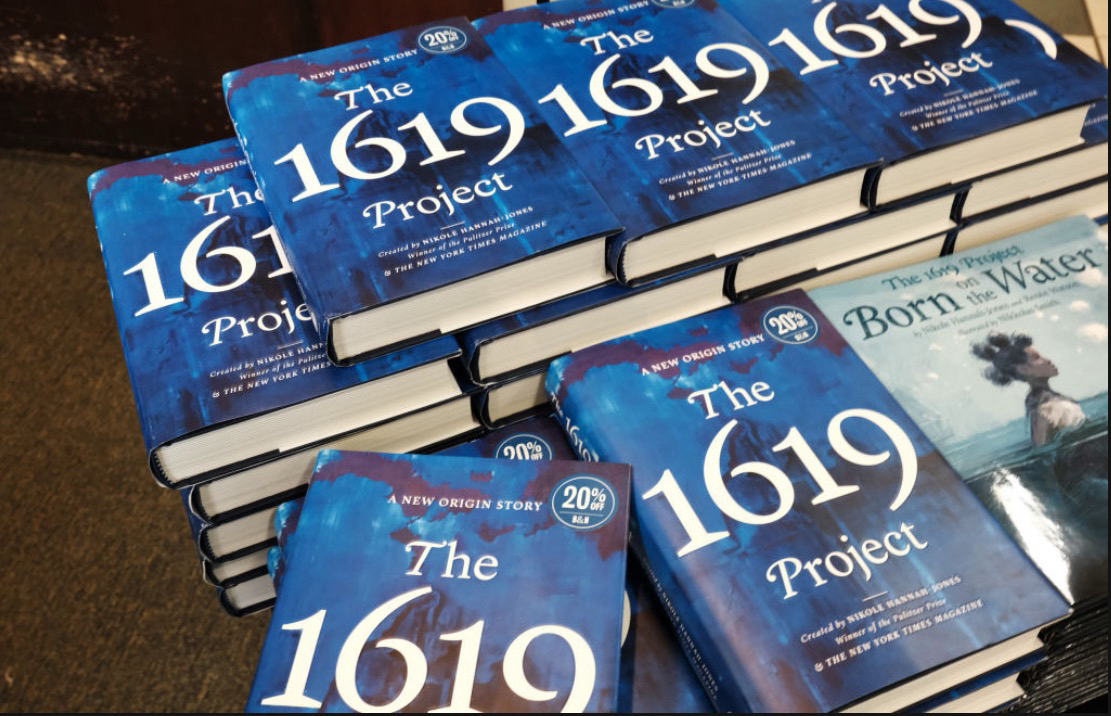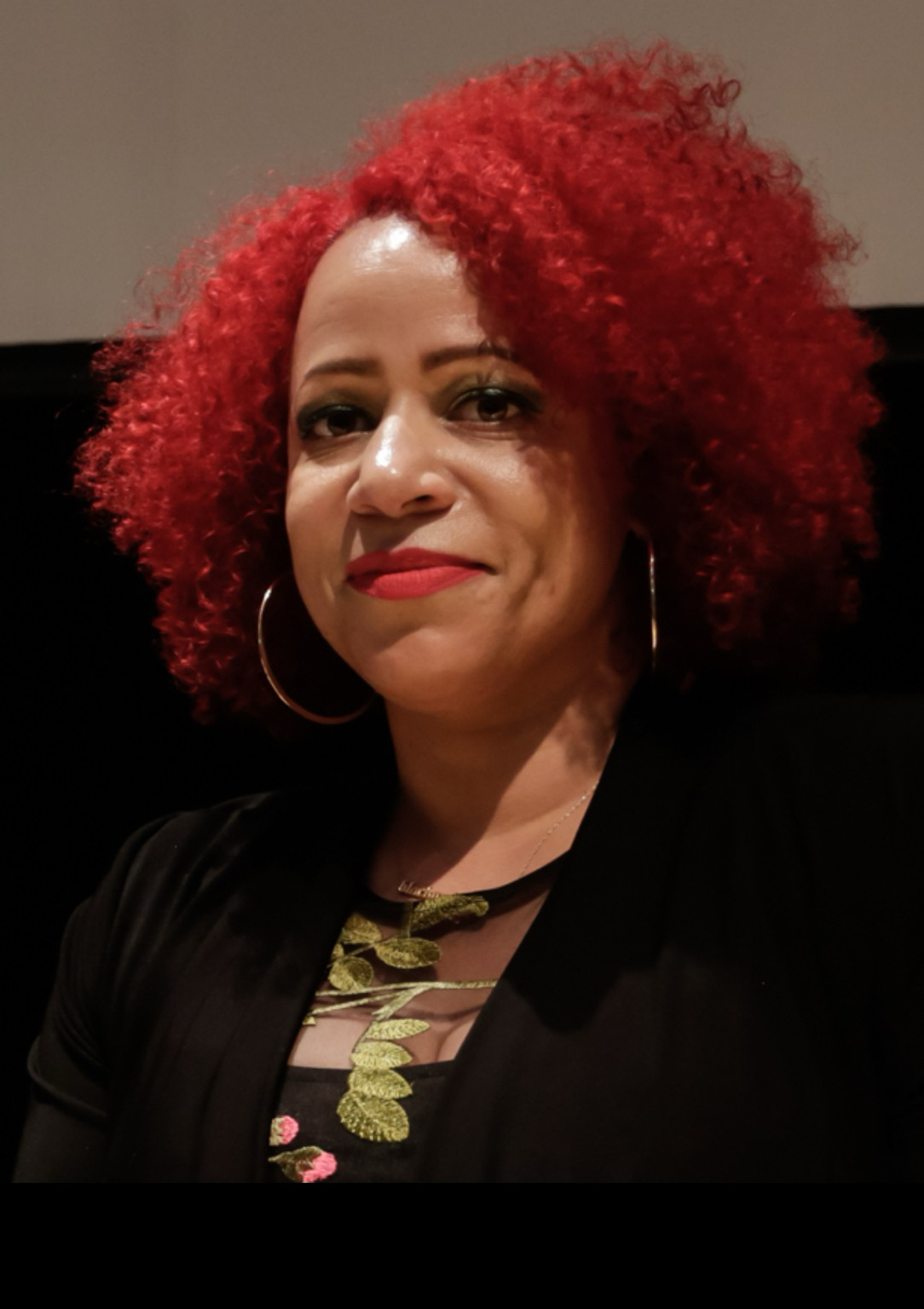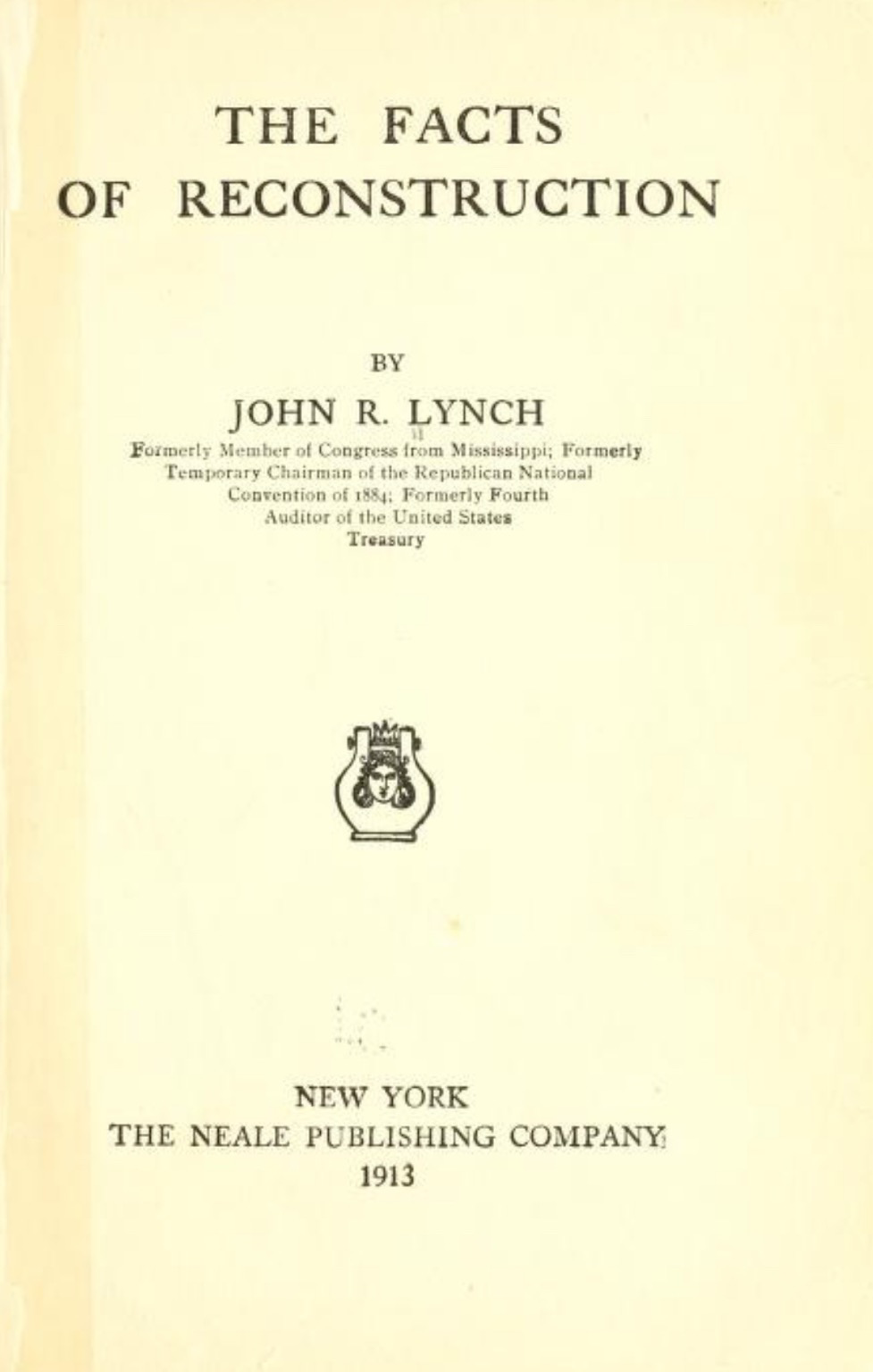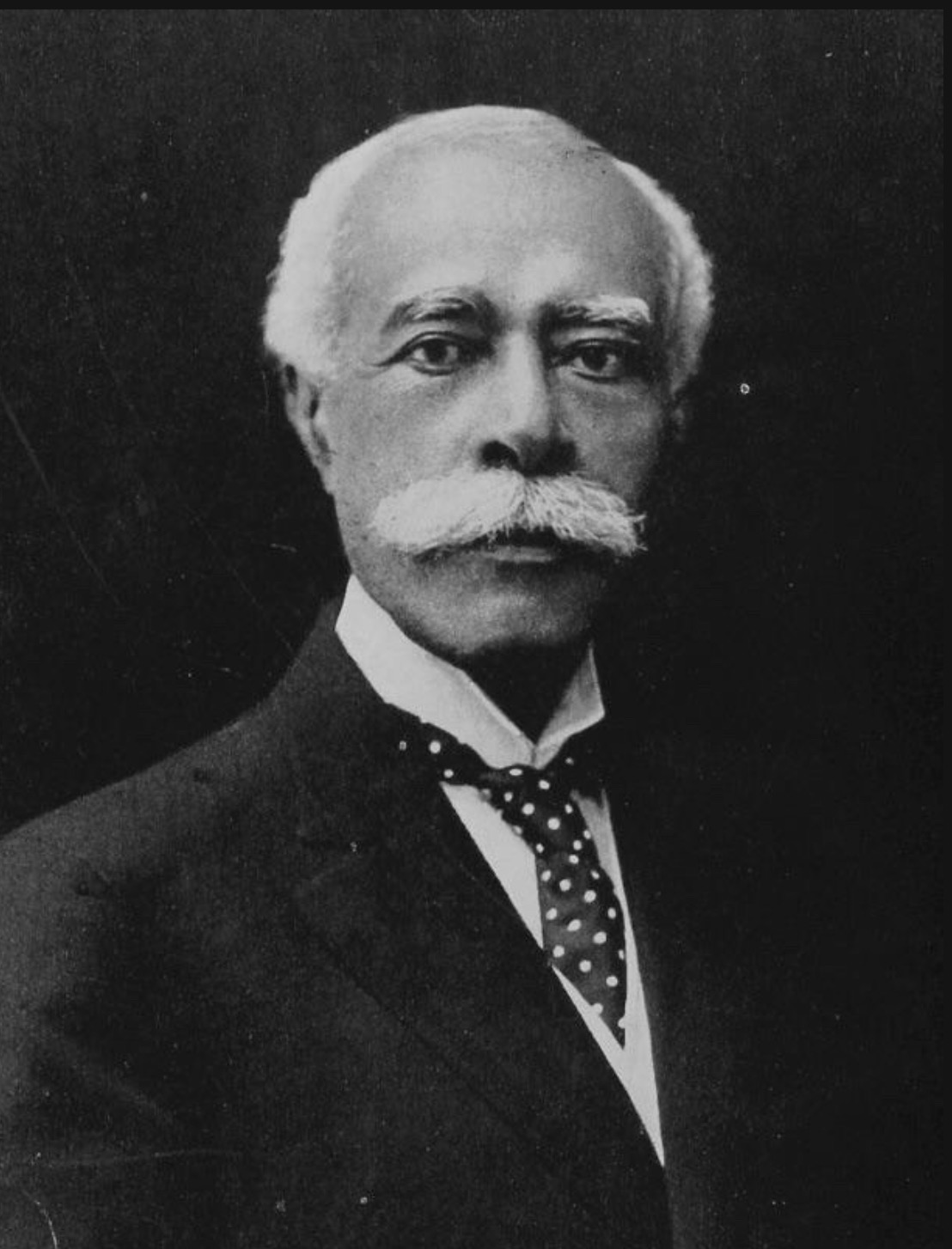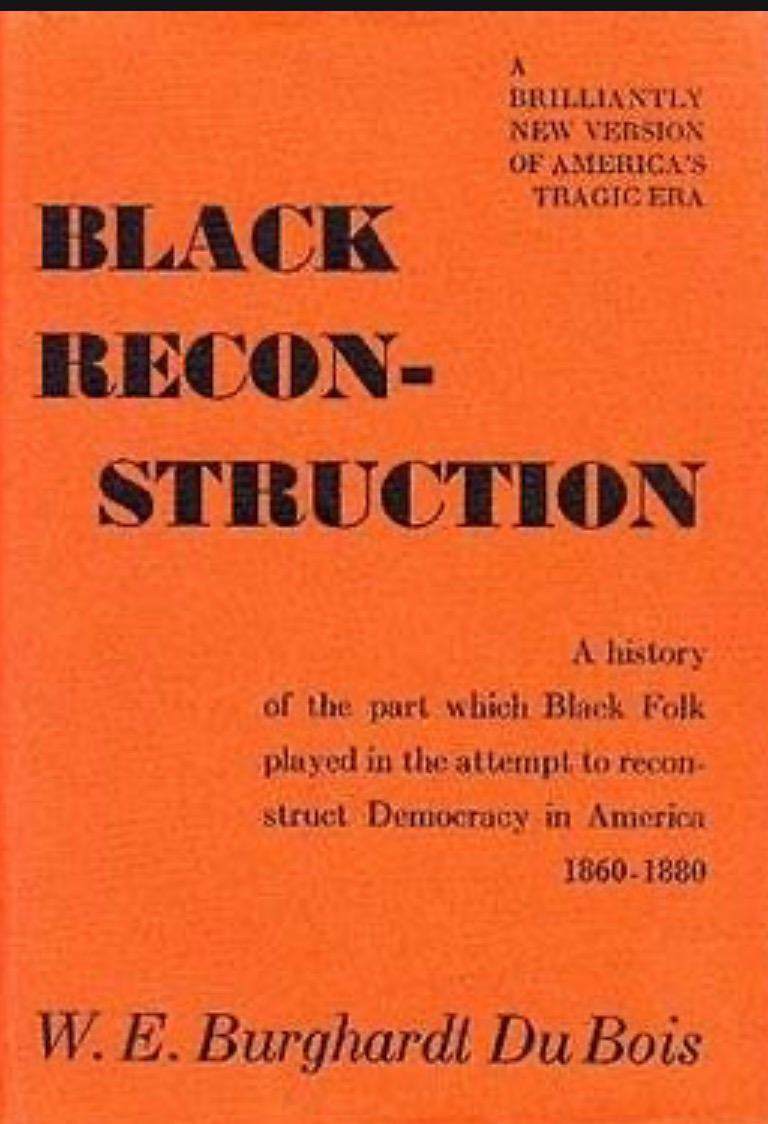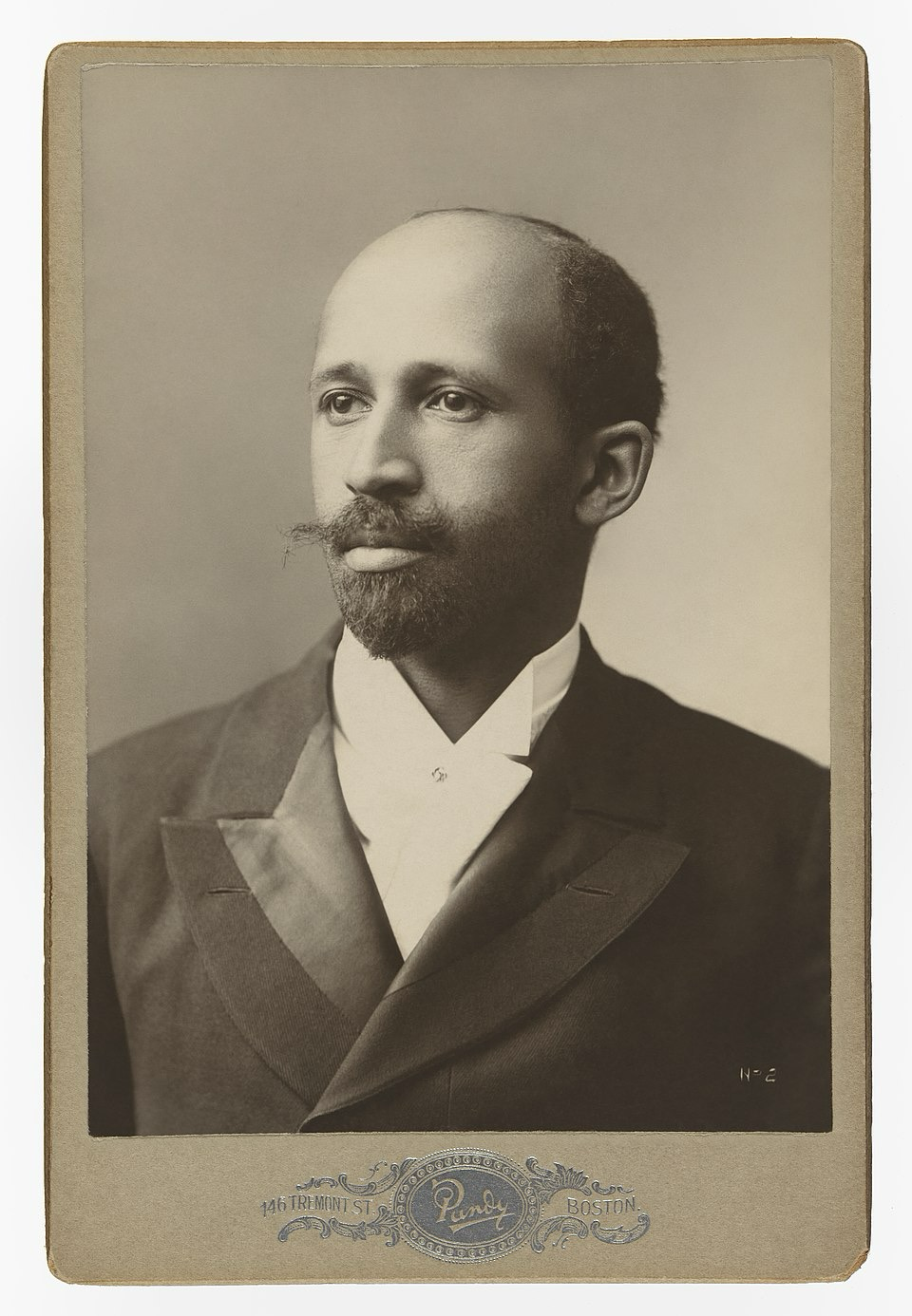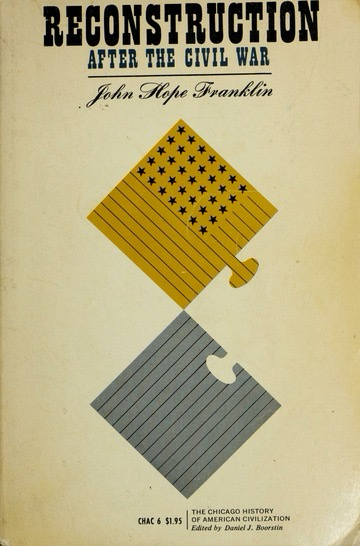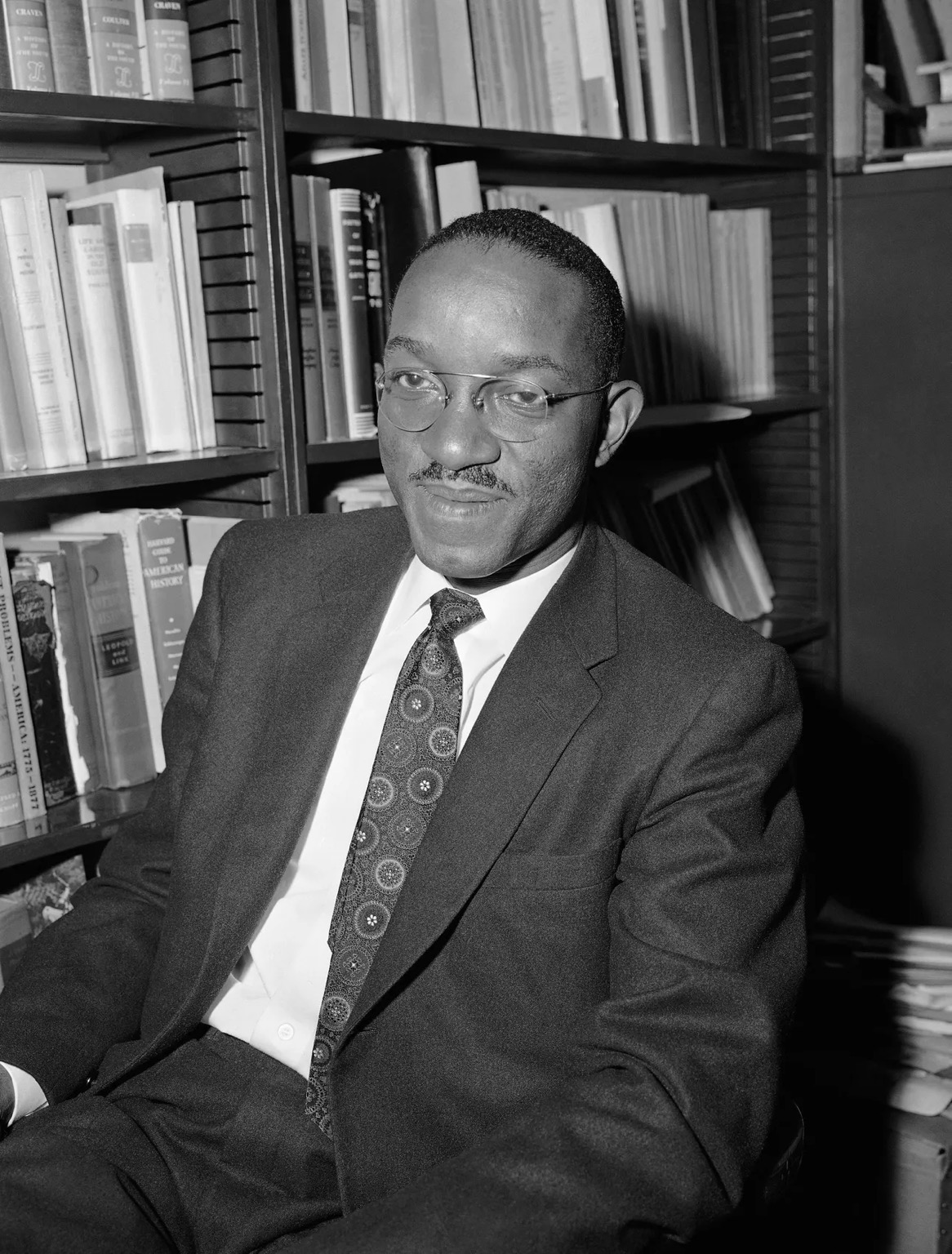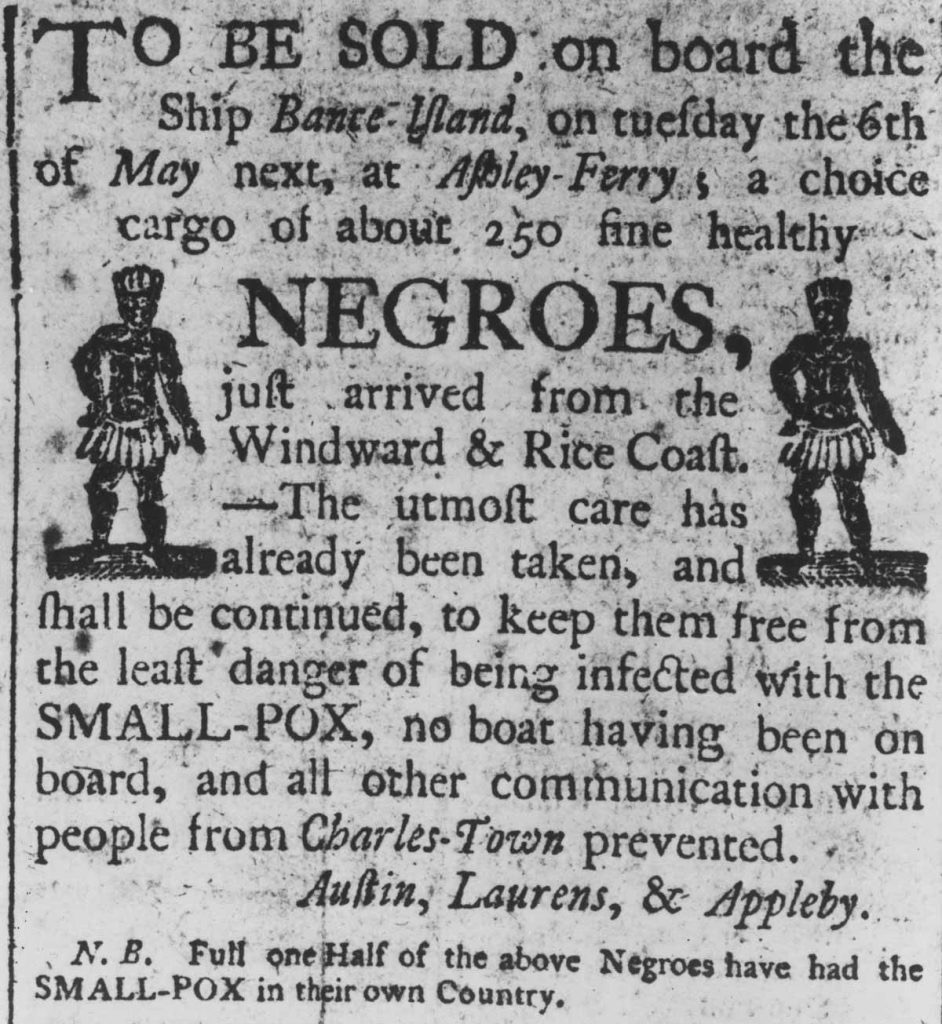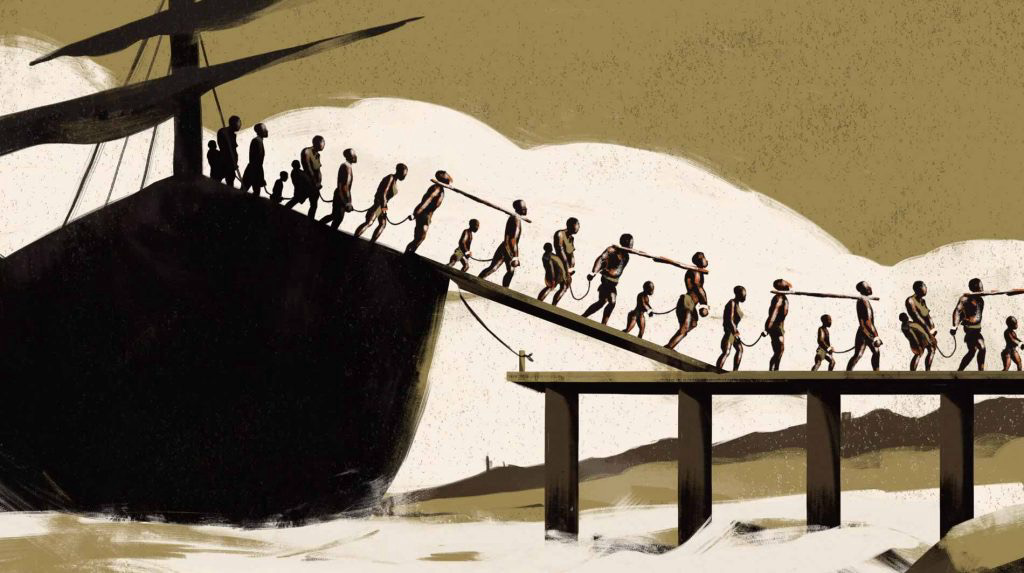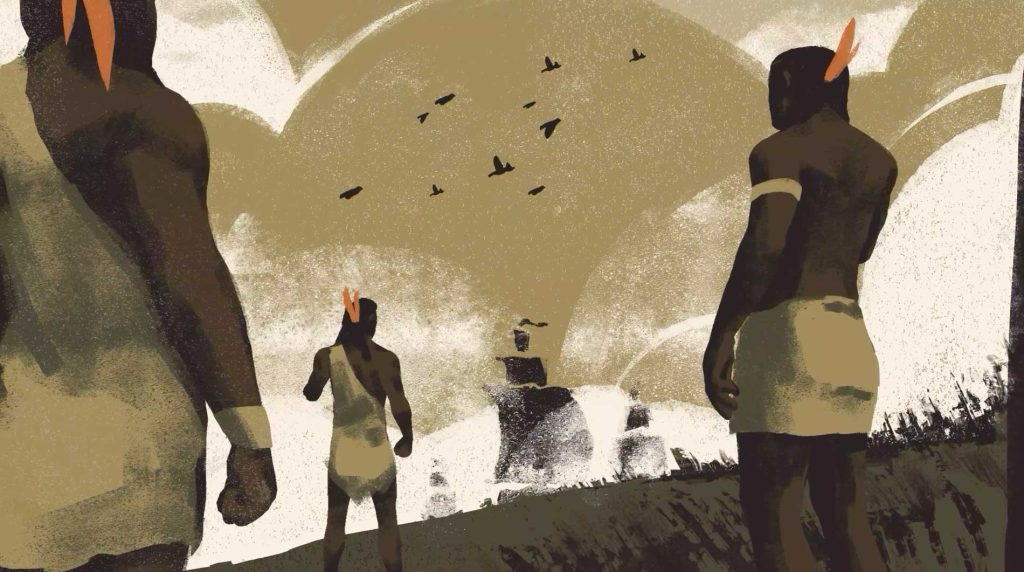The 1619 Project was not a legal claim. It did not declare that the nation was born in bondage. What it said—plainly—was that America’s founding ideals were inseparable from its founding crimes. Black Americans were not passengers. They were agents. Not beneficiaries—Builders.
1/13
#history #blackmastodon #histodons #blackandwhite #photography #photo
Image: The book by Nikole Hannah-Jones at a bookstore on November 17, 2021 in New York City (Photo by Spencer Platt/Getty Images).
